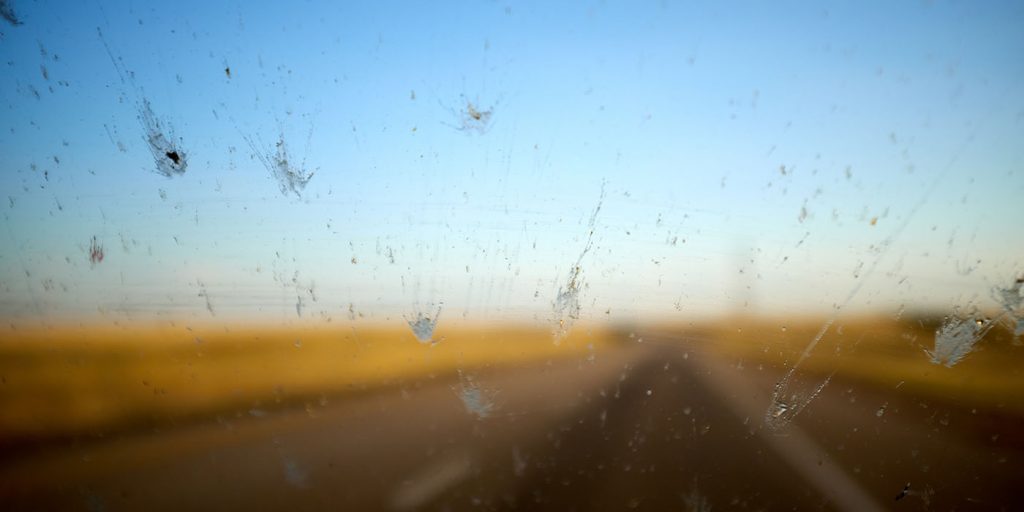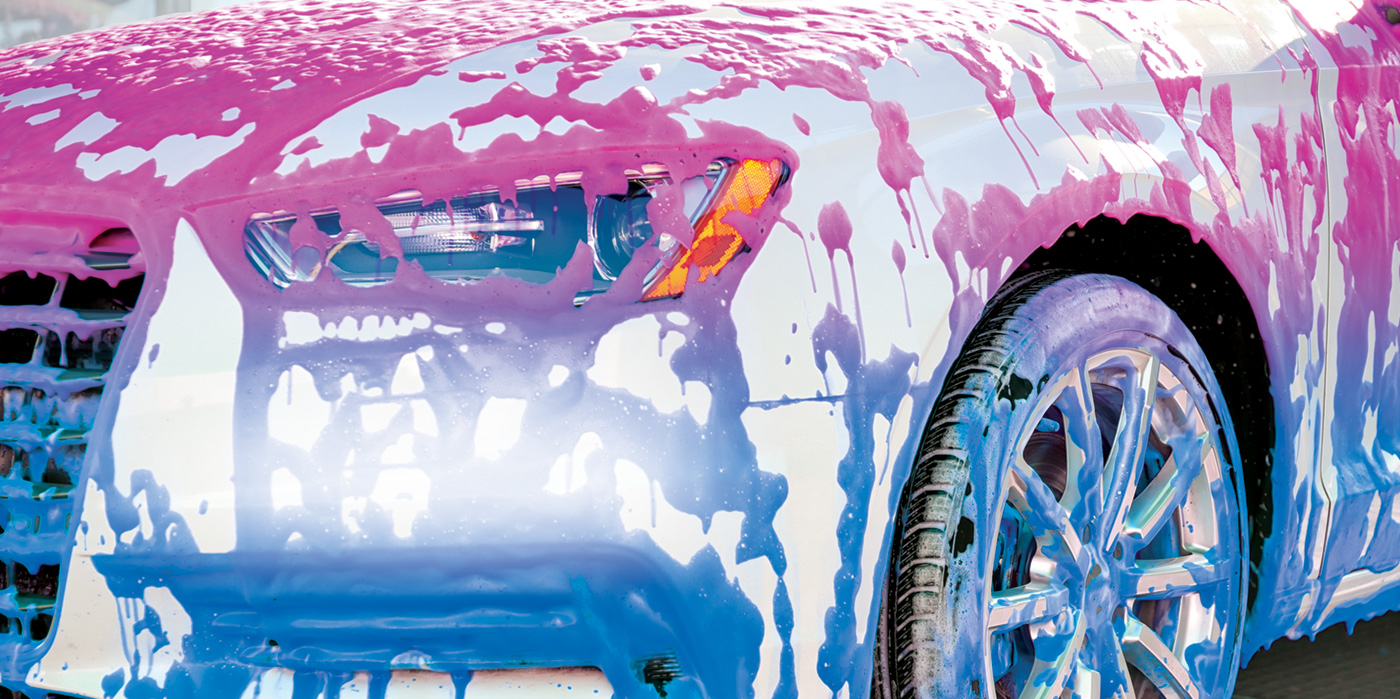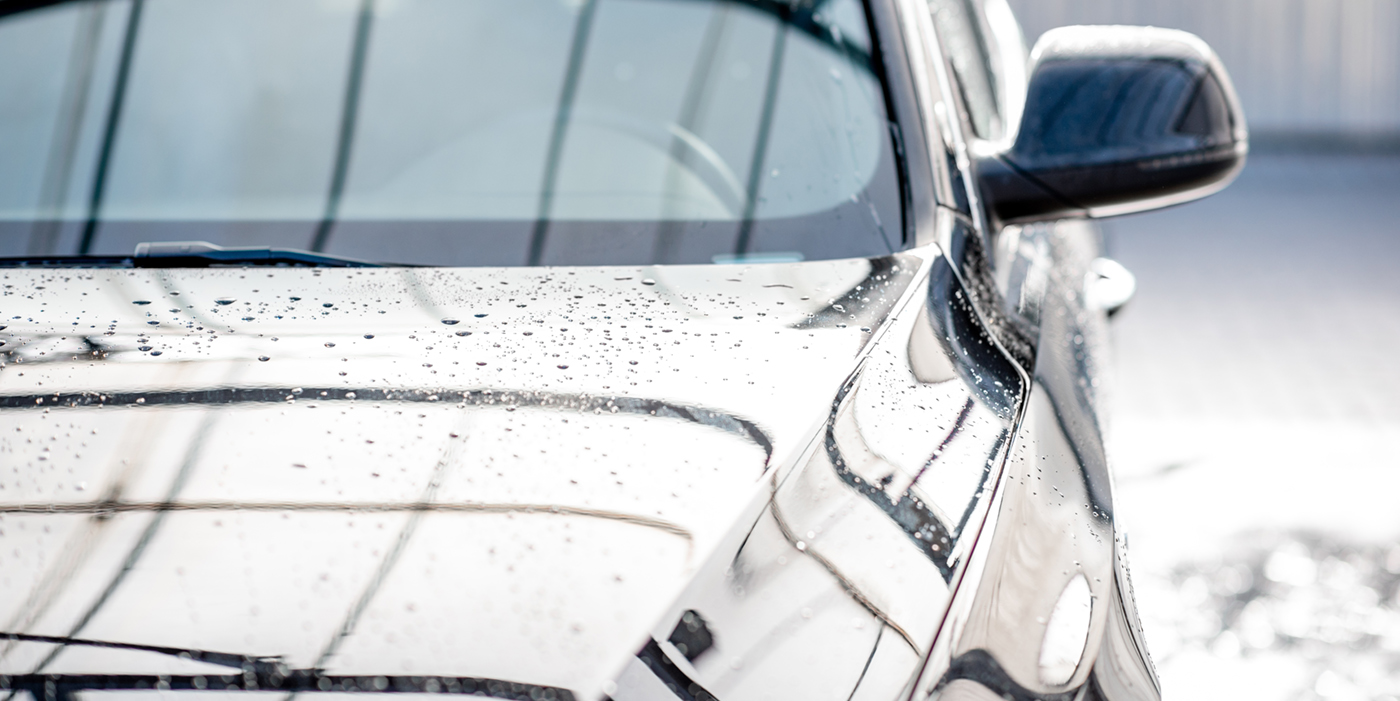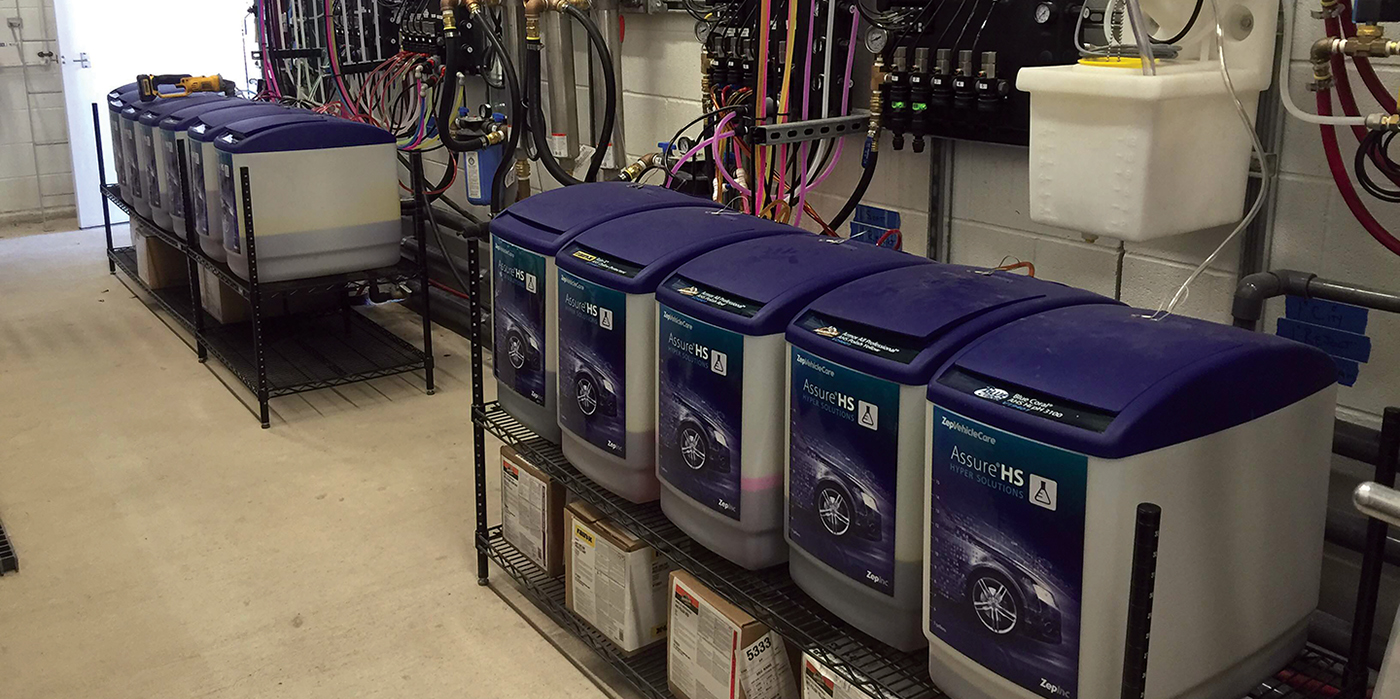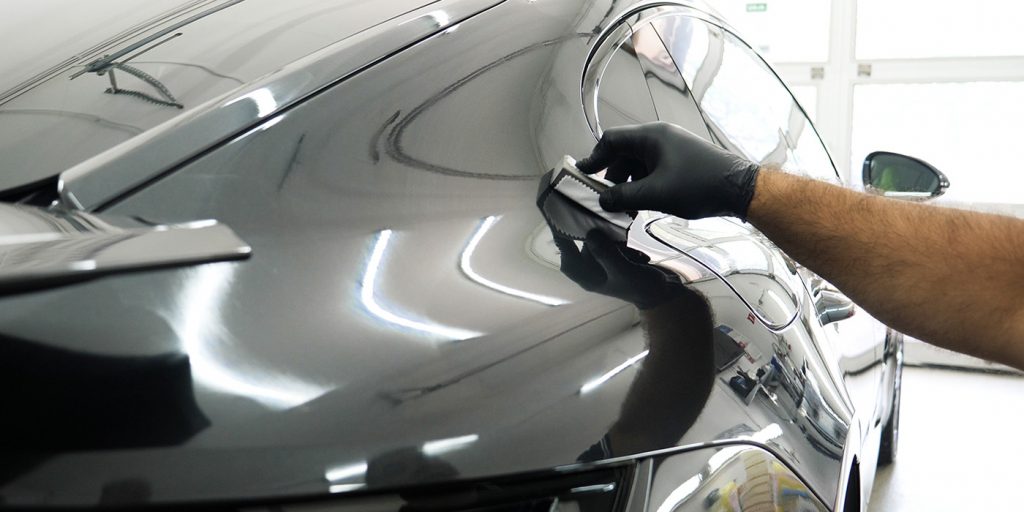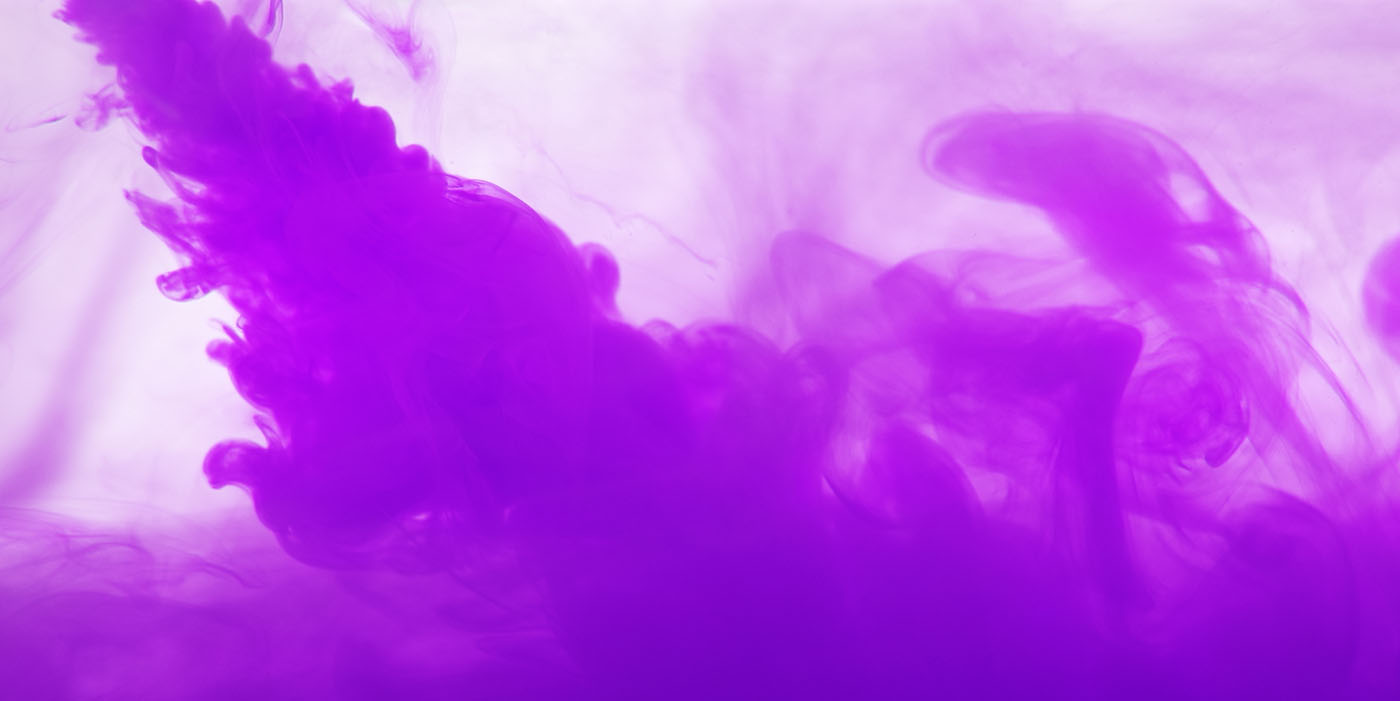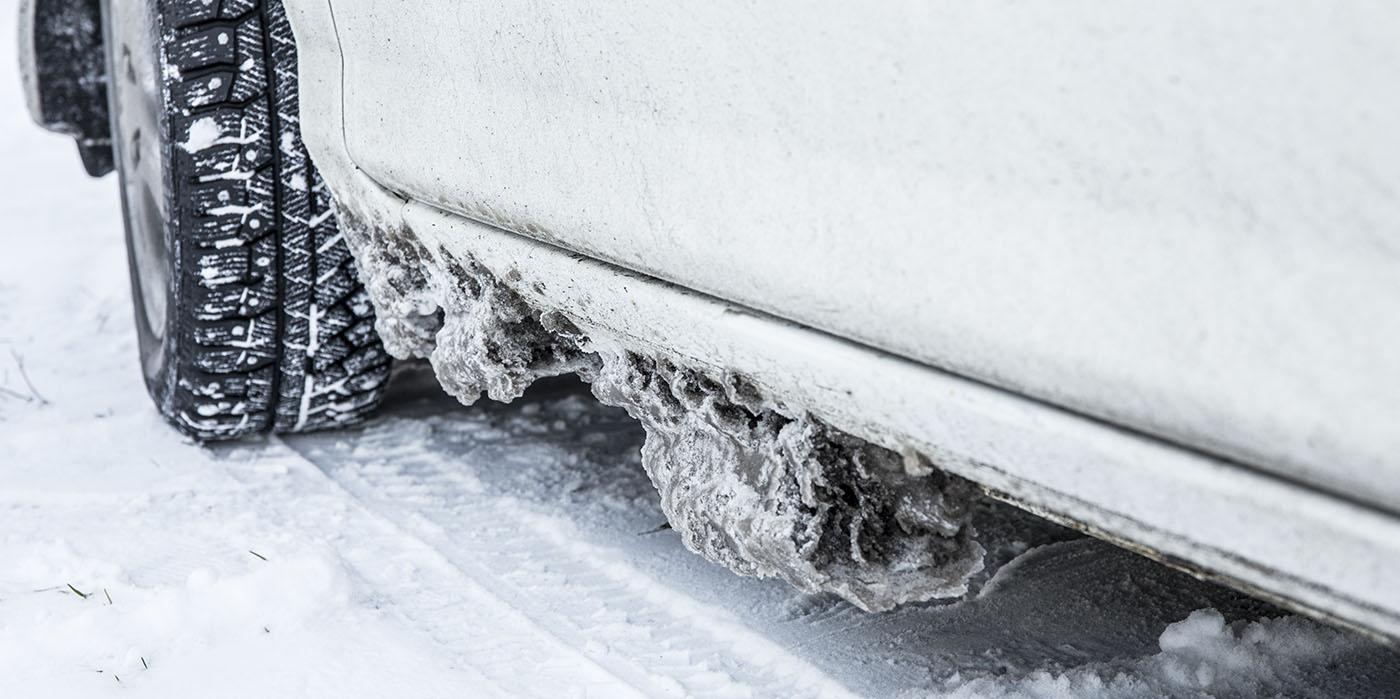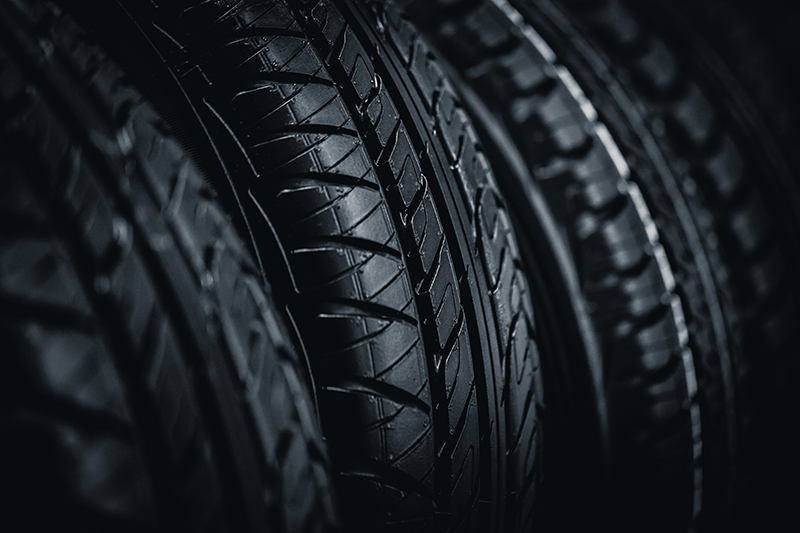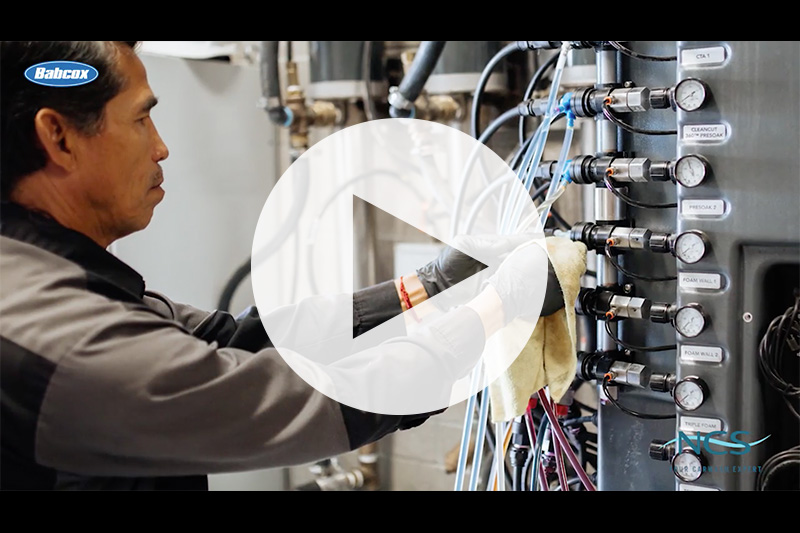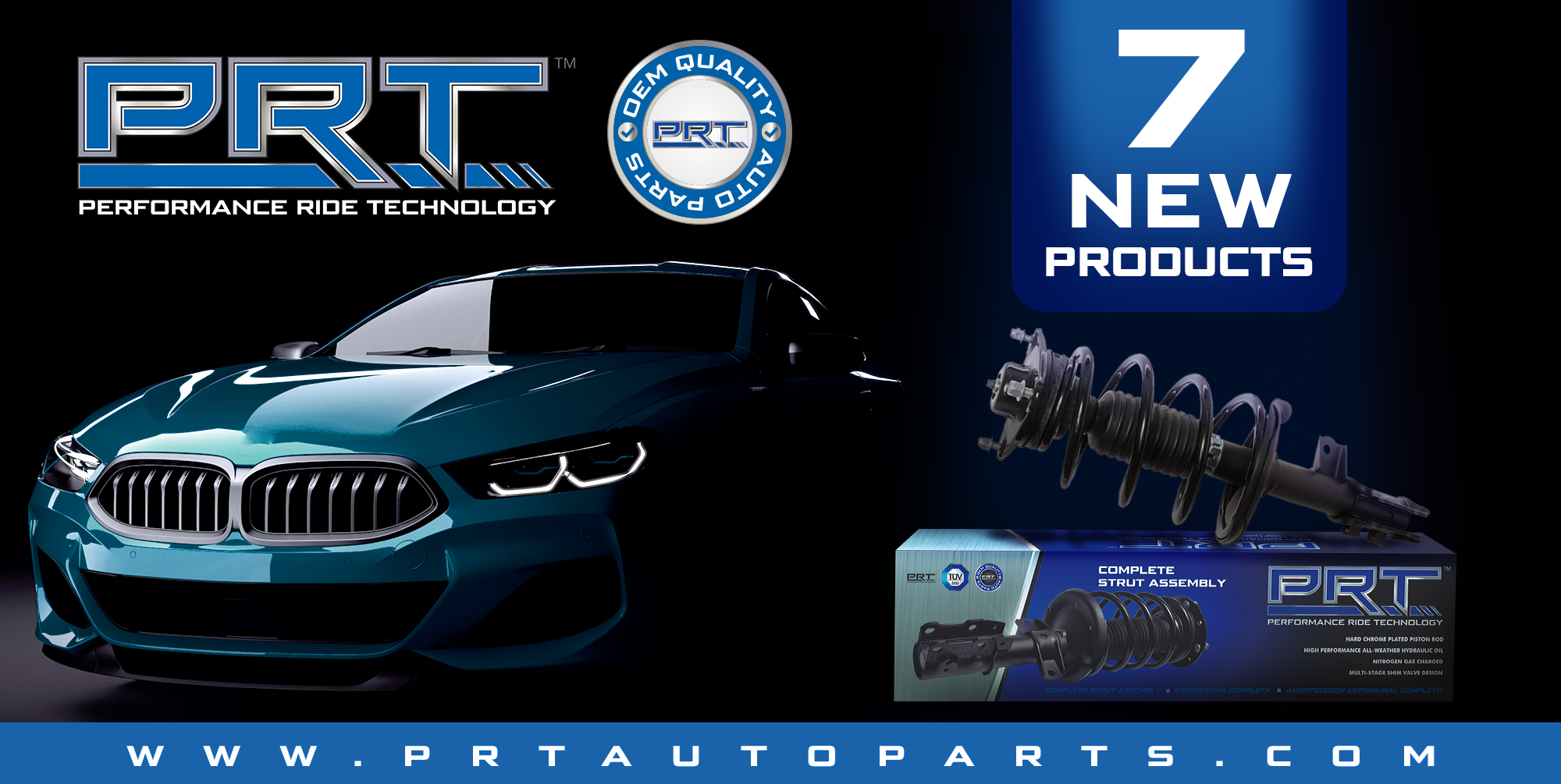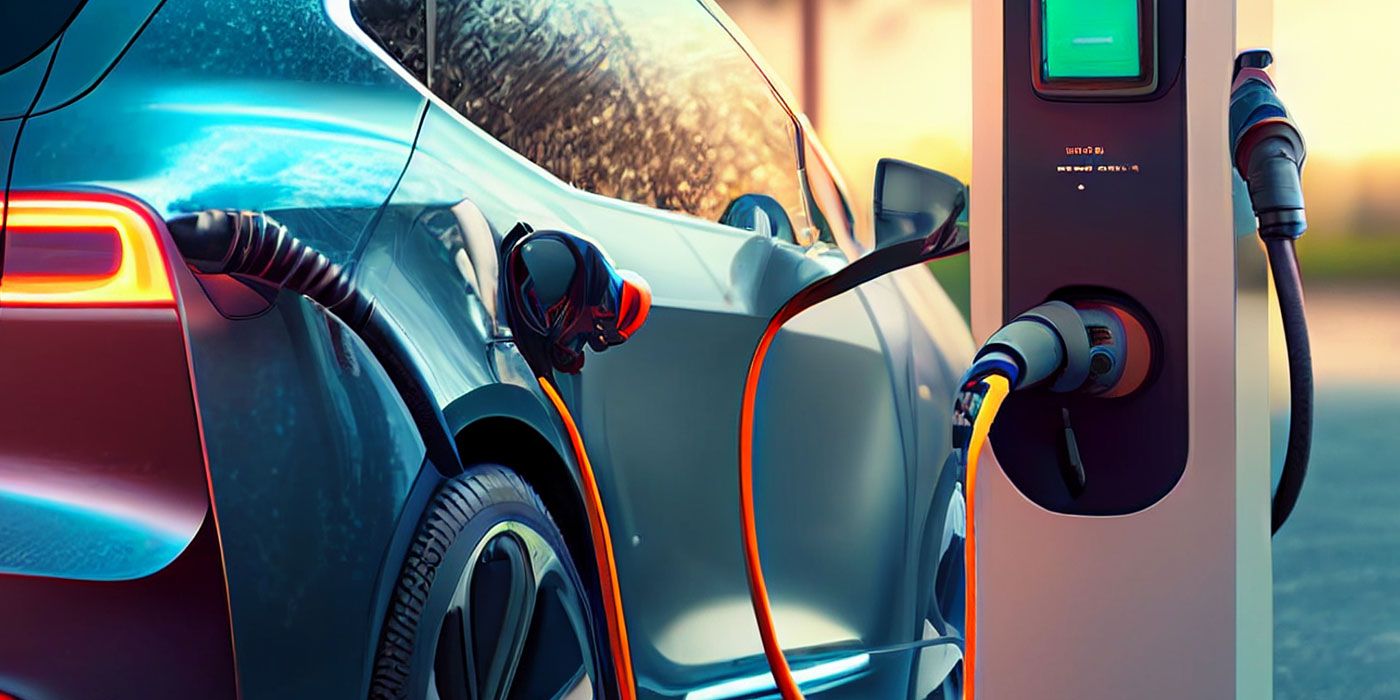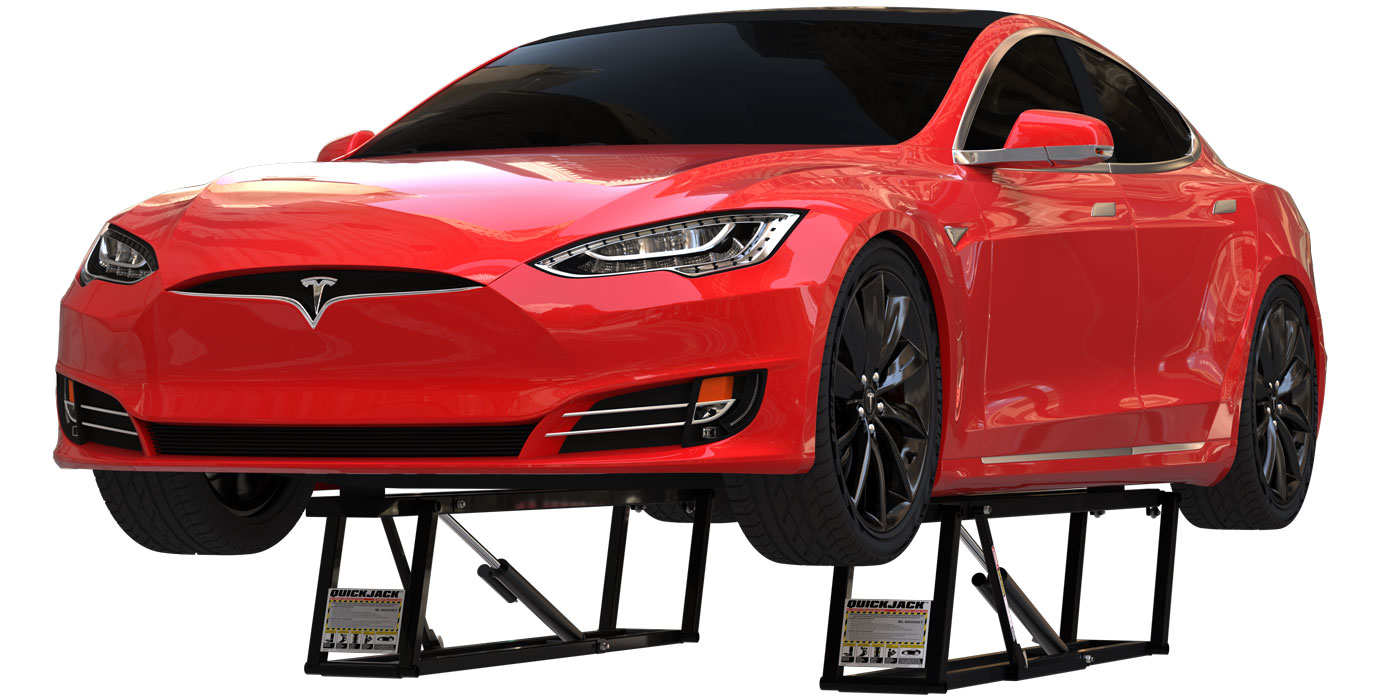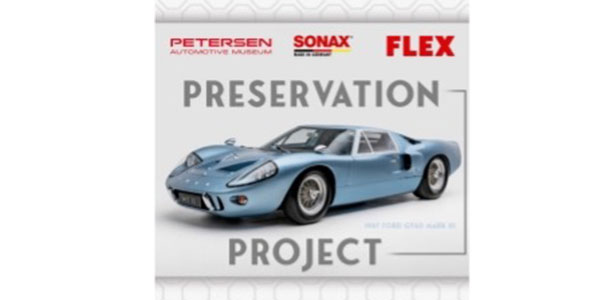No one misses the swarms of buzzing insects that disappear from roadways during cold winter months, especially busy commuters. But even the first day of spring can bring a wave of problematic bugs back to drivers’ bumpers and windshields. This springtime development practically guarantees lines of carwash customers hoping to easily remove dead, dried insect remains from vehicles.
That said, carwash operators know that successfully eradicating layers of caked-on bug carcasses is one of automated carwashing’s biggest challenges. Thankfully, industry experts can provide a checklist of tips in this article.
Meeting the challenge
Starting with the basics of insect removal, dead bugs are generally acidic in nature and should be removed from vehicle surfaces without delay, according to Stuart Hulsey, technical services manager with Zep Vehicle Care. If not removed promptly, stuck-on bugs can cause irreversible damage to painted surfaces. Proper bug removal requires a combination of good chemical and mechanical action to pretreat and clean vehicle surfaces the right way.
Hulsey states that chemistry products designed to specifically remove bugs provide this first essential step, but they should be combined with thorough, manual brushing or specific cleaning equipment to provide the second, mechanical-based cleaning step. Unfortunately, automated carwashes typically do not accommodate the latter and need special adjustments to make the cleaning steps work.
Common challenges to thorough bug removal using automated cleaning are often centered around three aspects of the typical wash cycle, notes Paul Titus, assistant vice president of sales, western region, with Cleaning Systems Inc. These three factors are application, friction and dwell time.
Application
Automated chemistry applicators must have the proper timing and coverage of vehicle bumpers, mirrors and windshields to effectively clean insects. Today, many equipment companies manufacture a variety of bug treatment applicators that work well. Since automated bug removal will continue to be popular in the future, Titus expects to see more creative and interesting applicators in years to come.
Friction
Using the proper amount of friction in a carwash has more to do with the contact of the brush on the vehicle than it does with the type of brush that is used, Titus reveals. Whether an operator has cloth or foam material in a wash, assuring the proper contact with the vehicle surfaces will make the biggest difference.
Related: Pros and cons: soft-toch vs. touch-free carwashing
Dwell time
Express tunnel and in-bay washes are actually increasing throughput speeds to meet customer demand. As the wash time decreases, the dwell time available to soften bugs also decreases, Titus explains. If the speed of a carwash increases, the strength of the insect removal chemical should also increase, but the dilution must not exceed the manufacturer’s recommendations.
Tim Taylor with The Cobra System states that, when it comes to bug removal, experts have learned that high-pH chemicals work best for starting the cleaning process. Bugs, bird droppings, oils, etc., seem to be the biggest wash challenges, regardless of wash format. “We are always trying to design a better, faster and more cost-effective way to get the job done,” Taylor says.
Chemistry considerations
The type of insects found in an area may affect the selection of effective chemistry. Titus notes that chemical manufacturers make both alkaline and acidic products for bug removal. Insects will soften and release differently depending on the pH level of the product. Some insects dissolve better with high pH, while others will respond more effectively with a low-pH chemistry.
Hulsey further breaks down the basic troublemakers when it comes to caked-on insects. Many bugs have a chitin- and protein-rich exoskeleton, and they are filled with an acidic liquid called hemolymph that is rich in digestive enzymes. This combination makes dead bugs stick extremely well to vehicle surfaces.
Related: Carwash chemicals 101
“When left on the vehicle in warm temperatures, the warm surface will evaporate most of the liquid bug contents and further concentrate the acidic remnants, increasing their destructive power,” Hulsey continues. “Over time, the bug’s proteins will form stronger bonds with the underlying surfaces as well, making it even harder to remove.”
Effective bug removers neutralize these localized spots of concentrated organic acids and can quickly penetrate and loosen the physical chemical bonds between the bug remains and the vehicle’s surface, Hulsey notes. Timely pretreatment of a vehicle’s surface with specially formulated bug removers will provide effective removal of this challenging organic soil. It is important that a wash’s chemical provider uses the latest innovations in ingredient technology to design effective yet mild bug removers. These products will deliver top performance and leave a clean vehicle that is ready for additional surface care.
Expert insect tips
Minimizing the use of labor is a bug removal best practice Taylor recommends. On a busy day, a wash ideally will not depend on labor to remove insects. Labor costs can eat up profits, the results are not consistent, and manual removal slows down vehicle processing. Instead, a wash should call on a high-pH presoak and surfactant, preferably applied without labor, to wash more vehicles per hour.
Heated chemicals can offer an advantage as well. Taylor states, “With any cleaning chemicals, it’s just like washing dishes. Add some heat, and you will activate and break down the organic materials much faster and more effectively while neutralizing any acid left on the vehicle’s surface.”
Bug removal best practices Hulsey suggests include following the manufacturer’s recommended dilution, ensuring that bug remover is applied effectively and adjusting carwash equipment to make the most effective contact with a vehicle’s surfaces. Also, hard water issues will decrease the effectiveness of many products. Operators should adjust the dilution of the bug cleaner based on a location’s water hardness.
Hulsey further states the “five factors of good cleaning” should be applied for the challenge of thorough removal. The chosen chemistry has to work well and be applied at the right temperature with an optimal dwell time that balances product performance and safe vehicle surface cleaning. The procedures and application used should be carefully set up, and all manual or automated brushing should apply the chosen materials.
“It is recommended to use products specially designed for bug removal within a pretreatment application setup — either manually or automated,” Hulsey says. “Alternatively, a mild alkaline product could be used.”
Operators and employees should never allow a bug-removing pretreatment to dry on a vehicle, unless it has a surface-safe design, Hulsey warns. A vehicle needs to get its first product application or rinse within 30 to 45 seconds after application of most bug removers. High alkaline chemistry without adequate buffering can cause issues with painted surfaces, especially if allowed to dry on the surface.
Customers can also be reminded, as a general rule, that getting bugs removed as quickly as possible is a best practice, Hulsey notes. Bug residue will have less time to mar the vehicle finish and ultimately will be easier to remove if addressed sooner rather than later.
Pretreat the problem
When pretreating vehicles for bug removal, it is best to set the bug solution application near the beginning of the carwash cycle, according to Titus. This will give the product appropriate dwell time. Good coverage and chemical strength are both essential pretreatment considerations to create bug-free vehicles.
In areas of the country where insects are a problem, operators have used a time-tested method of bug removal: old-fashioned hand application of a solution using a soft-hair brush, Titus states. Today, many operators that have automated bug removal equipment will simply slow down the tunnel speed and increase the chemical strength to ensure performance.
For best pretreatment results, Taylor suggests that chemicals should be applied to a dry surface. Apply a treatment to the problem areas before the vehicle is wet, and the chemical will be drawn in like a sponge. If the vehicle is already wet, there will be a dilution barrier that can cause ineffectiveness.
Hulsey notes that the bug remover should be applied with complete coverage to the affected vehicle surface. Any manual or automated removal system also should function properly to ensure adequate removal in a safe manner.
Brush breakdown
With friction applications, carwash owners should make sure wraps, top brushes and mitters are effectively contacting the surfaces of all vehicles. Titus states that cloth material will clean insects well at higher dilution rates. Foam brushes also do a good job but at a slightly stronger dilution rate than cloth. Both brush options will do a thorough job when the bug cleaner is applied correctly and at the manufacturer’s suggested dilution.
On the equipment end of cleaning bugs from windshields, hoods and bumpers, manufacturers have brought back the top brush, Taylor notes. More friction proved necessary to properly clean the tops of vehicles, and these brushes seem to work best with a high-pH chemical applied at the beginning of the wash process.
Hair-based brushes with protective bumper gaskets improve the mechanical removal of partially dissolved, softened and loosened bug remnants, Hulsey concludes. To ensure the best results, the vehicle surface should be pretreated with a bug removal product, avoiding any excessive damage to the vehicle.
Eugene Allen is a freelance contributor.

